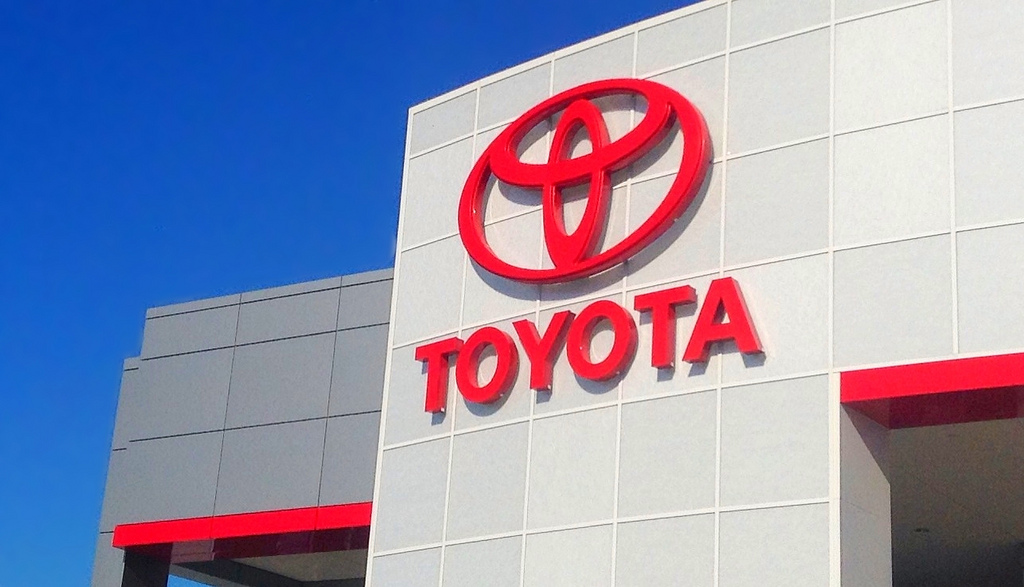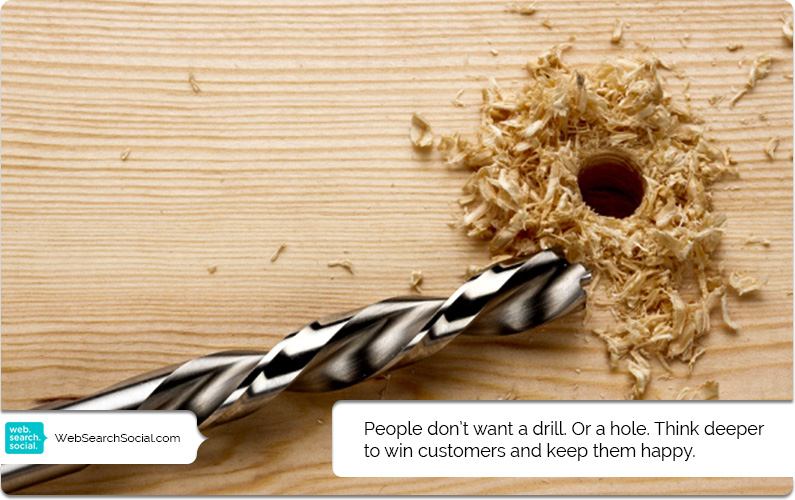
Since time immemorial, we have been mesmerized by the “Whys”.
Remember when you were last spoke to a three or four year old? What were the questions which she loved to keep asking, ad infinitum, till it drove you crazy?
“Why does this happen?” “Why does that happen?”
“Why?” “Why?” “Why?”
Apparently, toddlers are on to something. Repeatedly asking the question “Why” is a good way to dive deep into the root cause of any problem, situation or event.
Toyota’s 5 Whys
Used in the Analyse phase of the Sig Sigma methodology (Define, Measure, Analyze, Improve, Control), the 5 Whys was popularized by the Toyota company as a way to improve the quality of their production processes.
In the process of doing so, you can slowly dive deeper and deeper into the original spark which triggered a whole series of cascading events and situations.
Although the method is called “5 Whys”, the number of questions you need to ask may be fewer or more times than five depending on your problem.
Here’s an example of how this may work, taken from Toyota’s website:
- “Why did the robot stop?” The circuit has overloaded, causing a fuse to blow.
- “Why is the circuit overloaded?” There was insufficient lubrication on the bearings, so they locked up.
- “Why was there insufficient lubrication on the bearings?” The oil pump on the robot is not circulating sufficient oil.
- “Why is the pump not circulating sufficient oil?” The pump intake is clogged with metal shavings.
- “Why is the intake clogged with metal shavings?” Because there is no filter on the pump.
While the 5 Whys are closely associated with the world of manufacturing as a quality management tool, it can also be used in the world of content marketing.
From Quality to Content Marketing
While the 5 Whys has traditionally been used to zoom in on the root-cause of a company’s quality issues, it does offer a neat way for you to think about how you should create content which resonates with your customers.
By asking a consecutive series of “origin” questions, you can use the 5 Whys to…
- Conduct smarter marketing research by identifying on what your customers think, feel or act
- Craft impactful content which addresses your customer’s pain points
- Create precise online ads which speaks directly to your customer’s innermost thoughts and feelings
- Communicate why your offer or solution is superior to your competitor’s at a deeper and more visceral level
You can also use the 5 Whys to develop your brand story and to uncover your own “Whys” as a company or business. This can then be shared with your communities online.
Putting 5 Whys into Action
So how can you put the 5 Whys into action?
Let us look at some examples to see how we can use this process to develop content which delivers a stronger punch.
Example 1: Paper Towel Manufacturer
Let us assume that you’re manufacturing paper towels (hopefully sustainable ones). Now, using the 5 Whys method, we begin a series of questions and answers.
- Why does your company supply sustainable paper towels to restaurants? Because it is less environmentally damaging yet meets their purpose.
- Why do restaurants provide paper towels to their guests? To make it convenient for their guests to clean their mouths after eating.
- Why do their guests need to clean their mouths? To look presentable after their meals at the restaurant.
- Why do they need to look presentable after a meal? So that they can give a good impression to their friends, colleagues, and business partners.
- Why do they need to give a good impression? So that they can win the respect, trust and liking in their social circles.
So the final “Why” of your product is to help diners to look good and feel good. In other words, you are not just helping restaurant guests to clean themselves, but to create a positive public perception and make them feel more confident of themselves.

Courtesy of HawtCelebs
Celebrity Alyssa Milano did just that. Read how she designed her own range of Viva paper towels, and created a new category called “Kitchen couture”.
Here’s another related example of how Kleenex (a paper towel and tissue manufacturer) used the power of Whys to develop “Achoo” – a cold and flu predictor that could help its customers to be better prepared for the sniffles.
Example 2: IT Consulting/ Software Firm
Now imagine if you own a high-tech consulting firm helping small businesses to streamline their IT systems while saving time and costs.
How could your Whys possibly look like?
- Why do businesses need help with their IT systems? Because of the costs and complexity involved in setting them up and managing them.
- Why are IT systems usually so costly and complicated to set up? Technology changes very rapidly. New hardware and software are needed.
- Why does technology change so rapidly? To keep up with the demands of consumers, who value speed and simplicity in their systems.
- Why do technology users value speed and simplicity? To save time and effort learning how to use new systems.
- Why do these users want to save time and effort? So that they can focus on the important tasks at work, like winning new business.
By asking these questions, you discover that the real value which your company provides isn’t just about helping companies to manage complicated and costly systems, helping them keep up with technology changes, or satisfy their end users. Rather, it lies in giving their users freedom to do what really matters in their lives.
A great example here would be Buffer. If you look at the gorgeous photos on their Instagram account, you wouldn’t have guessed that they help businesses by offering a social media management tool.
By digging deeper into their customer’s “Whys”, Buffer positioned their tool as a product to help digital nomads to lead the life they want, rather than to be chained to their laptops creating social media posts and scheduling content.
Example 3: Consumer Banking/ Financial Services
Using the same approach, we could identify the root cause behind why people use banking services.
In the case of DBS Bank, the company positioned itself as an “Invisible Bank” with the aim of minimising the hassle and steps needed for consumers to transact and accomplish their daily chores.
Quoting from my article documenting their digital journey,
The main idea is to make the bank “invisible” and to hide the banking products into what people want to do with their lives. Thus…
- Old Thinking: Whip out your credit card to pay for your coffee and tea.
- New Thinking: Grab your coffee and tea, while your orders and payments are silently done in the background through apps.
This insight came from an old saying that people who buy drills do not want a tool to drill holes, nor a hole in the wall. Rather, what they ultimately want is to create and preserve happy memories.
Conclusion – Truly Rooting For Your Customers
Using the 5 Whys method that I’ve illustrated above, you can delve more deeply into the psyche of your customers.
Challenge yourself to go beyond the superficial and the obvious. Seek to reach into the innermost thoughts, feelings and desires of your customers.
By doing so, you are better able to create and curate content which can truly connect with your customers.
Let me know if the 5 Whys (or 4 Whys or 6 Whys) work for you. I’d love to hear your experiences here.



